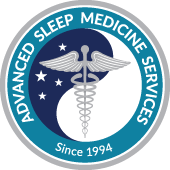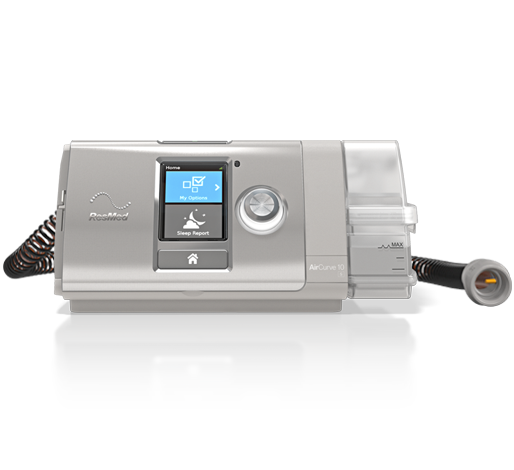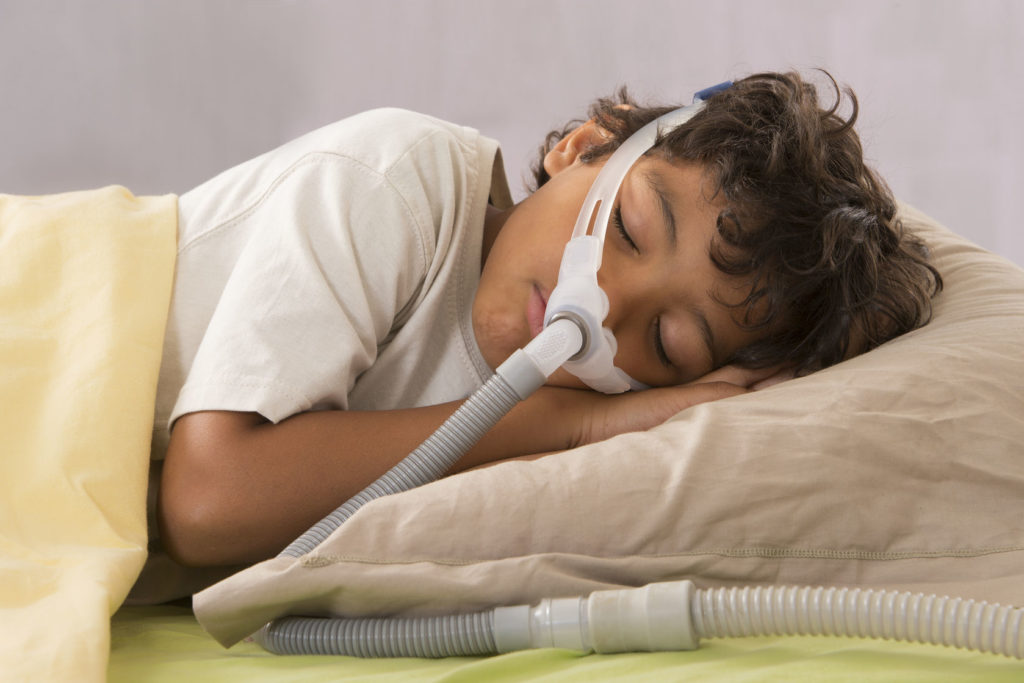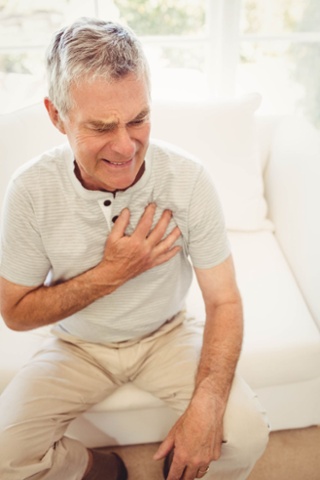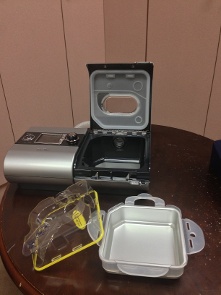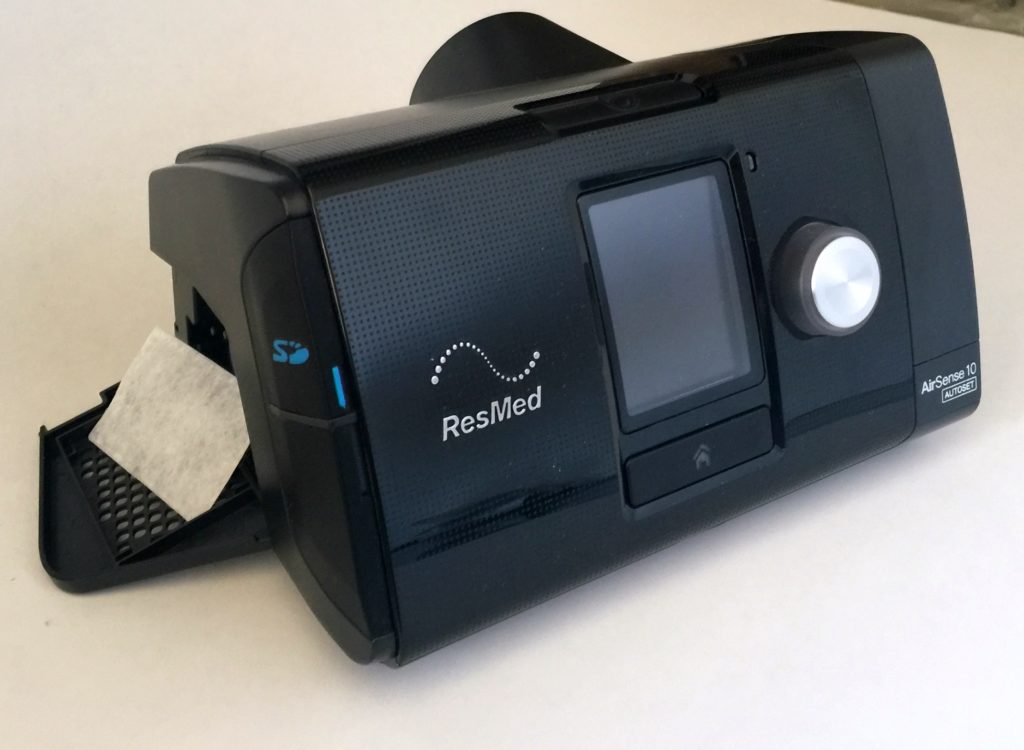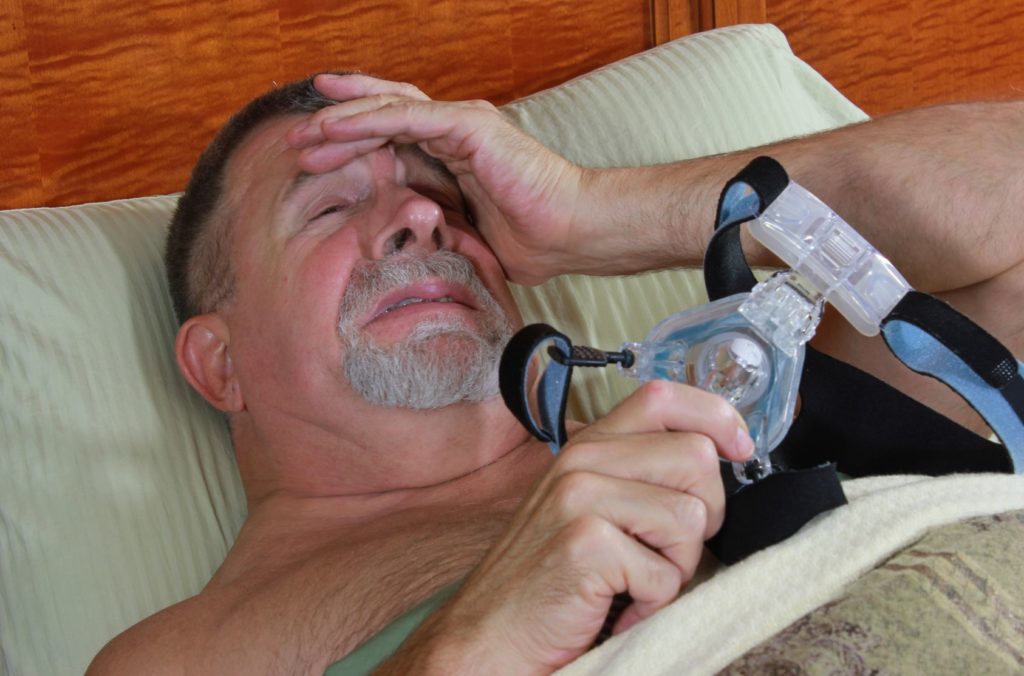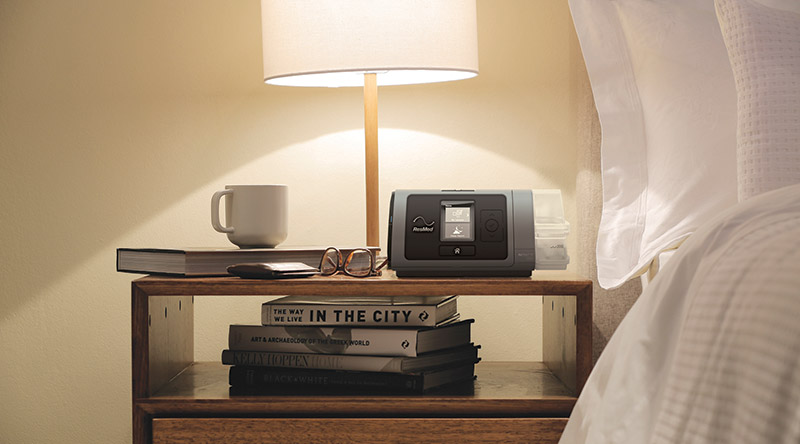“Smart” CPAP Machines for Better Sleep Apnea Treatment
You know what a smart phone is…but what about a smart CPAP machine? On the most basic level, a PAP (positive airway pressure) machine is a medical device that blows pressurized air through the airway to prevent the throat closing during sleep apnea. But increasingly advanced technology in these machines is leading to all sorts … Read More »

